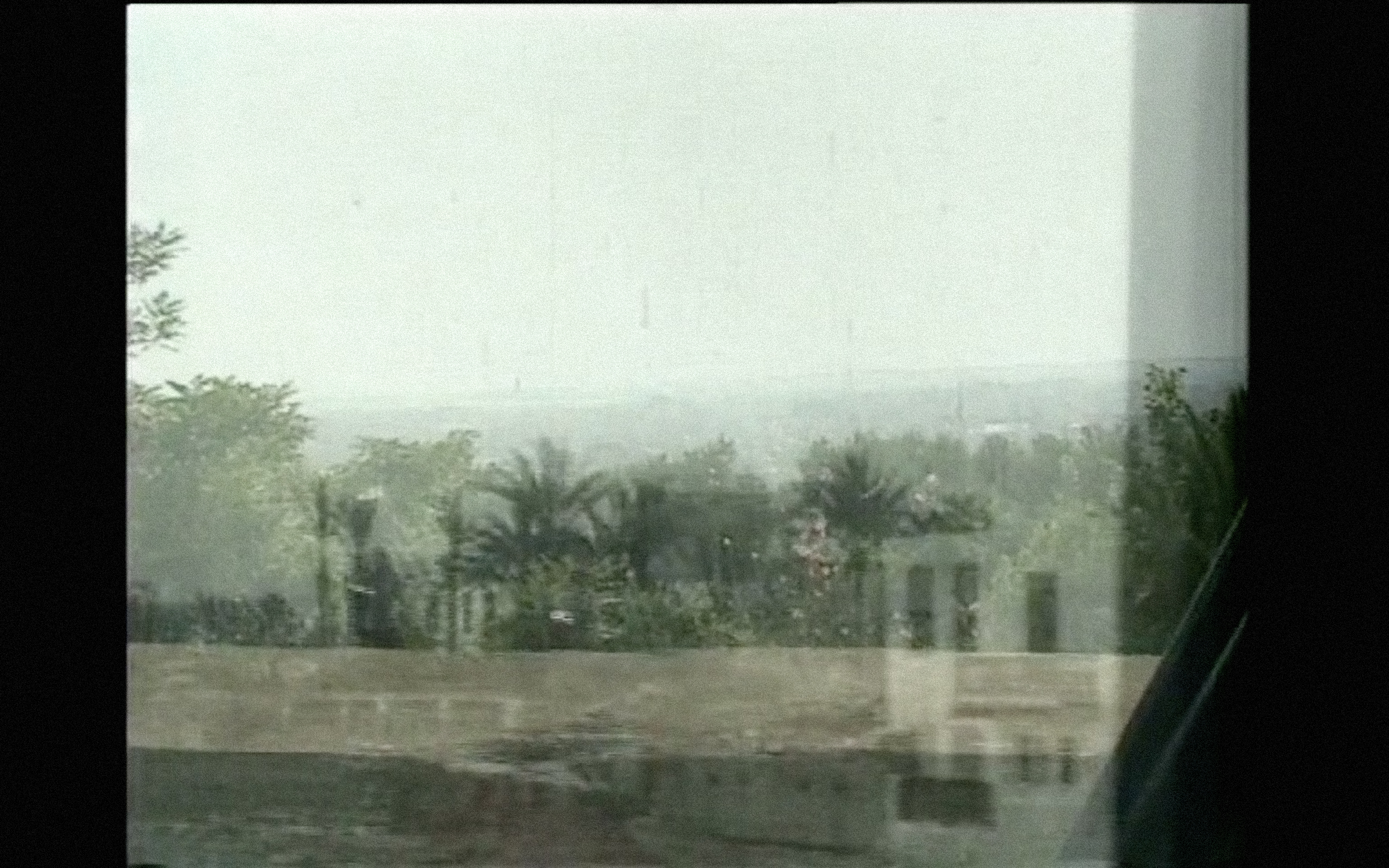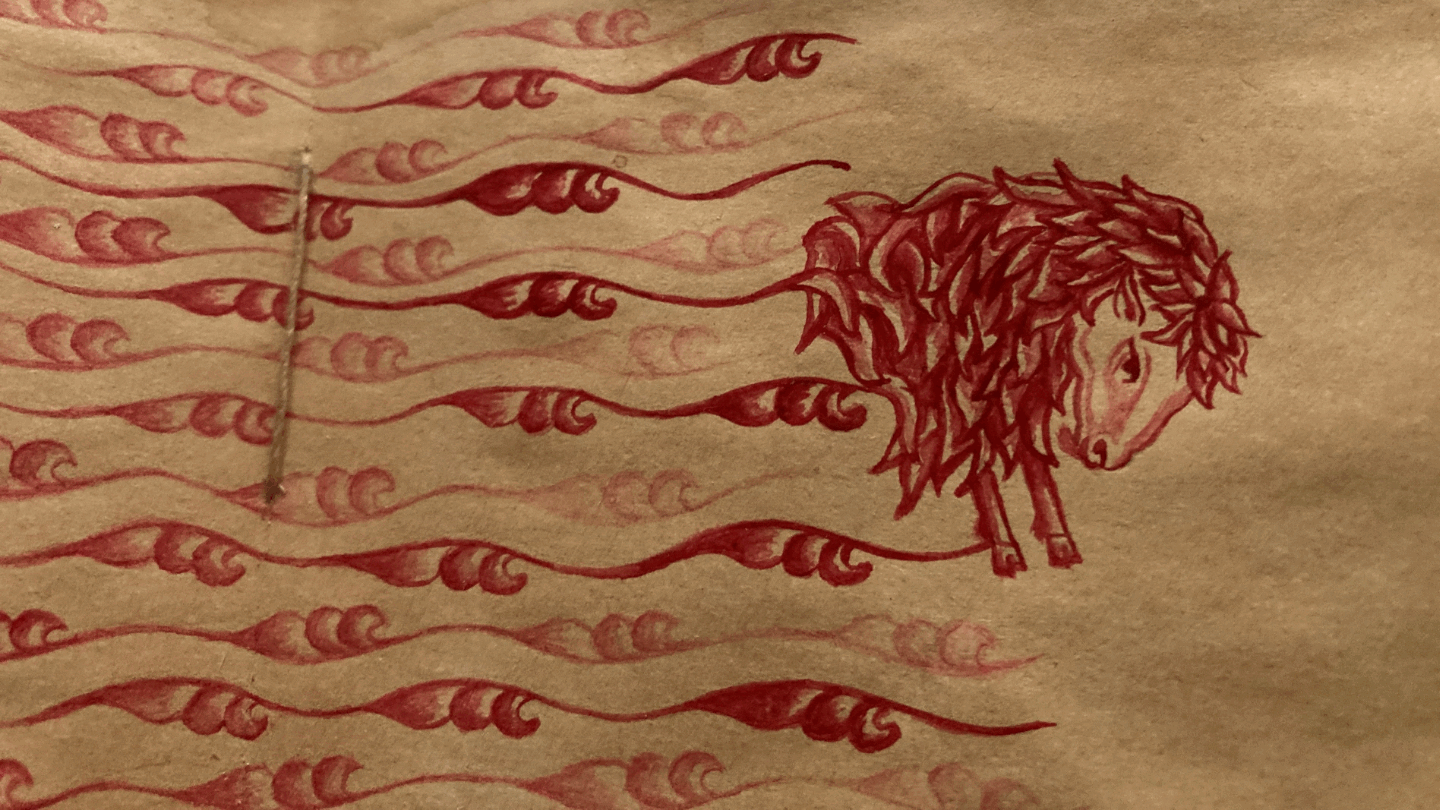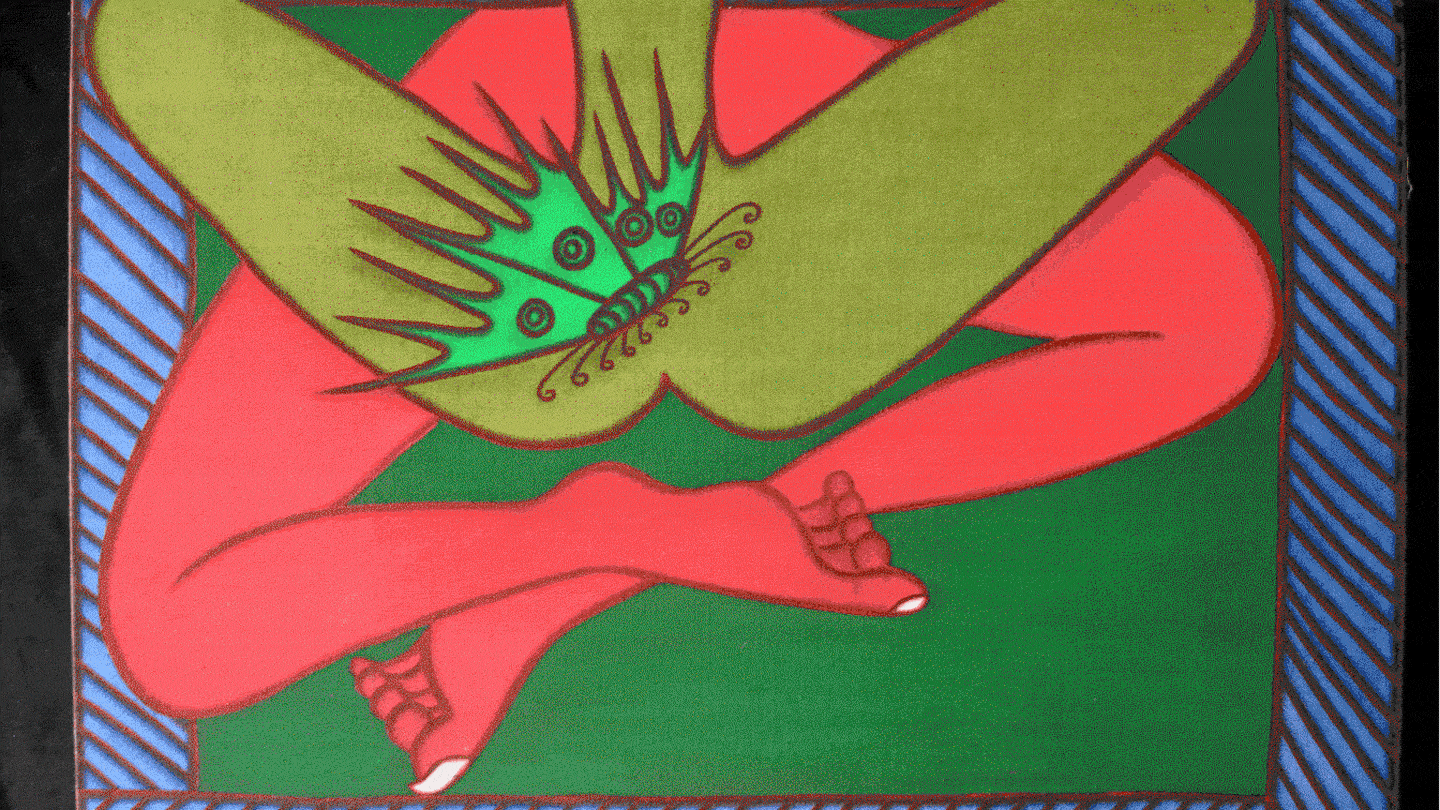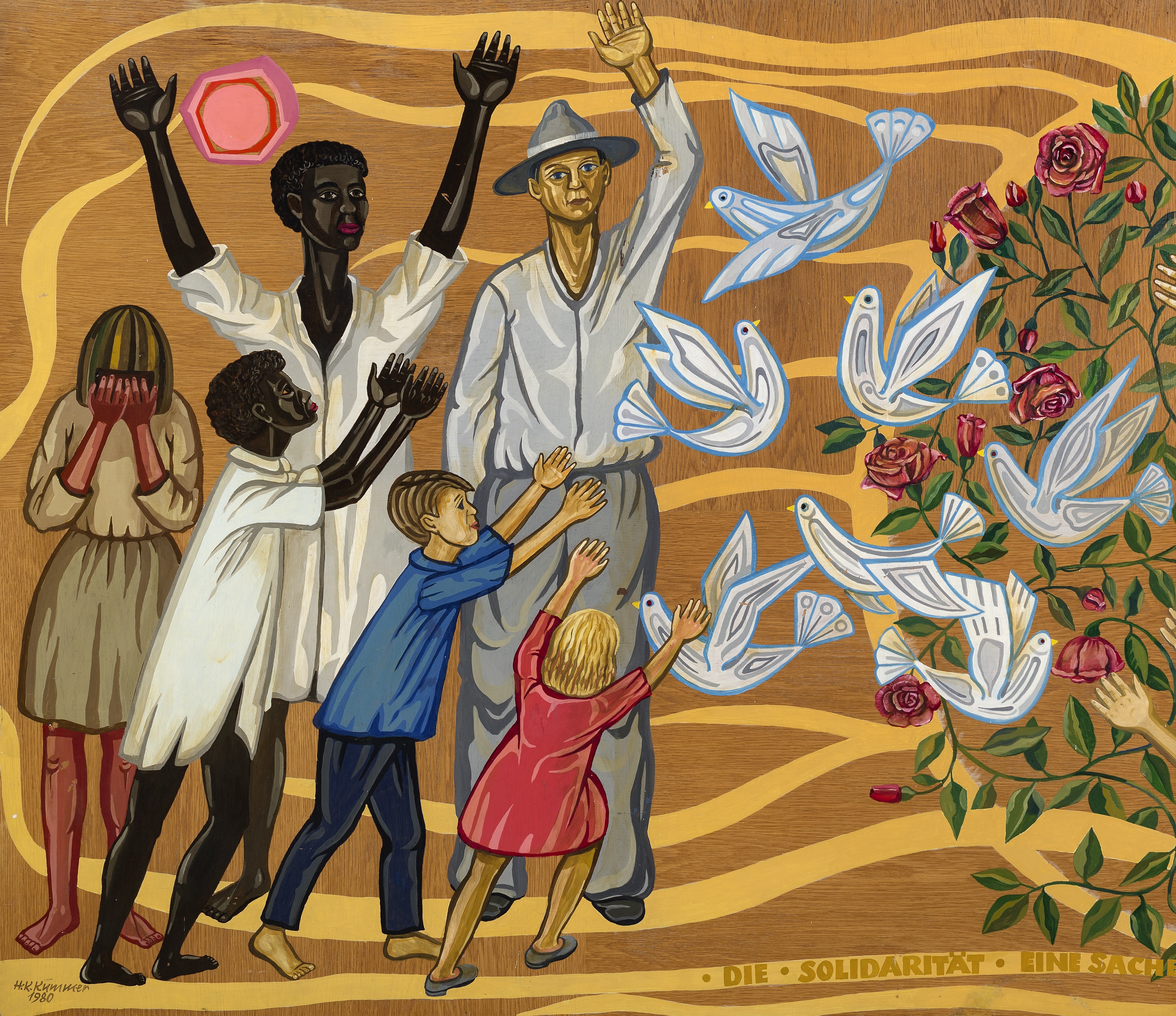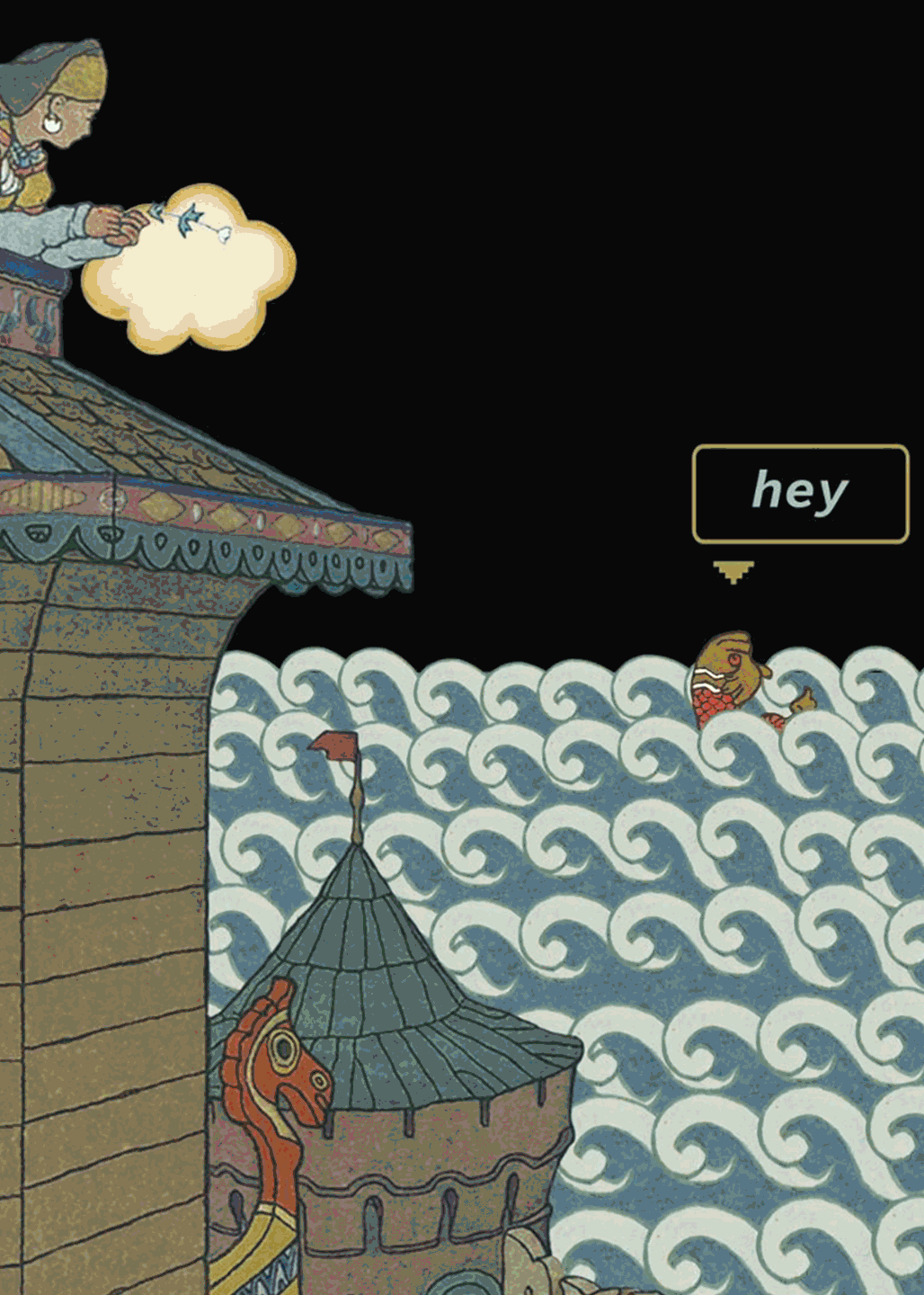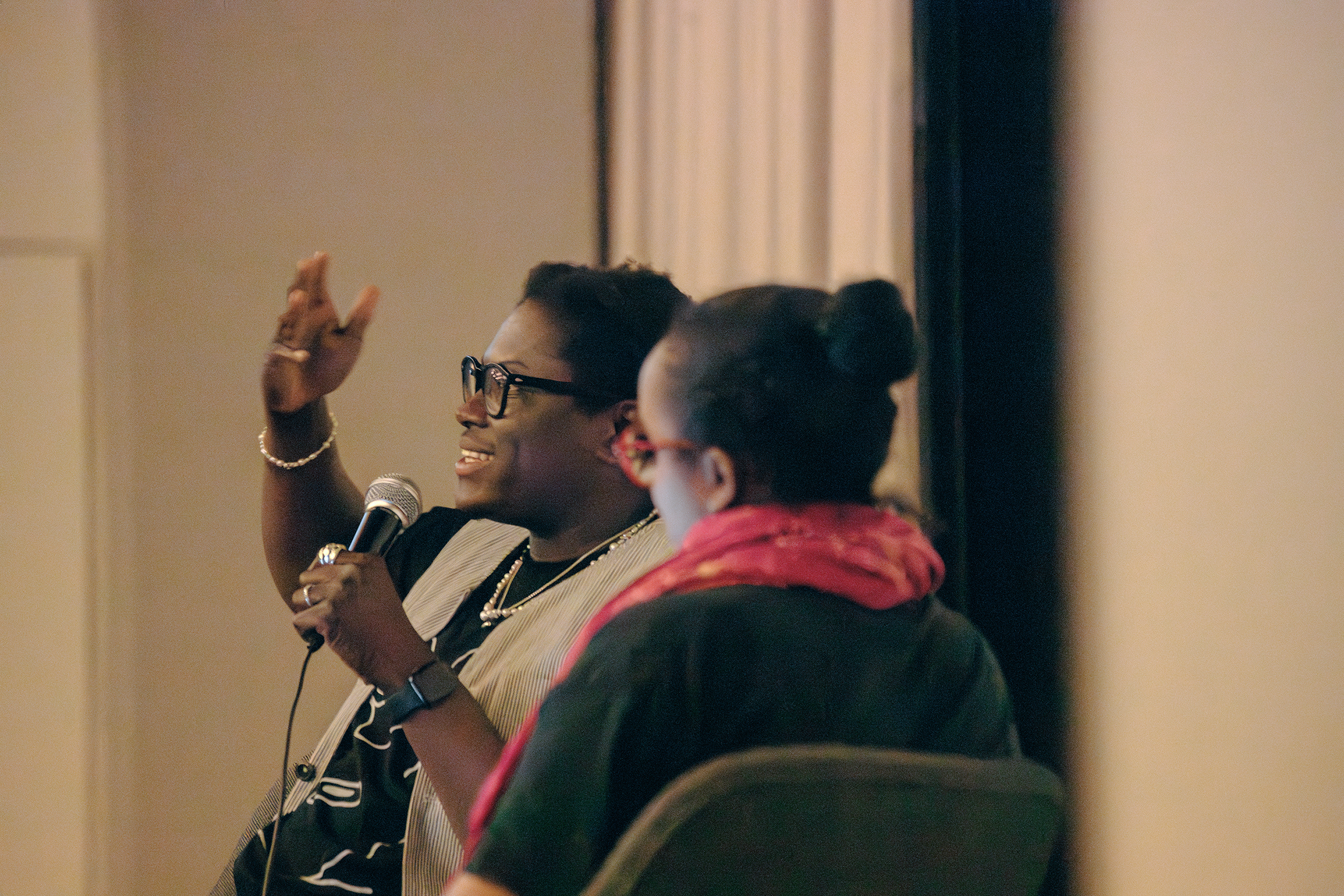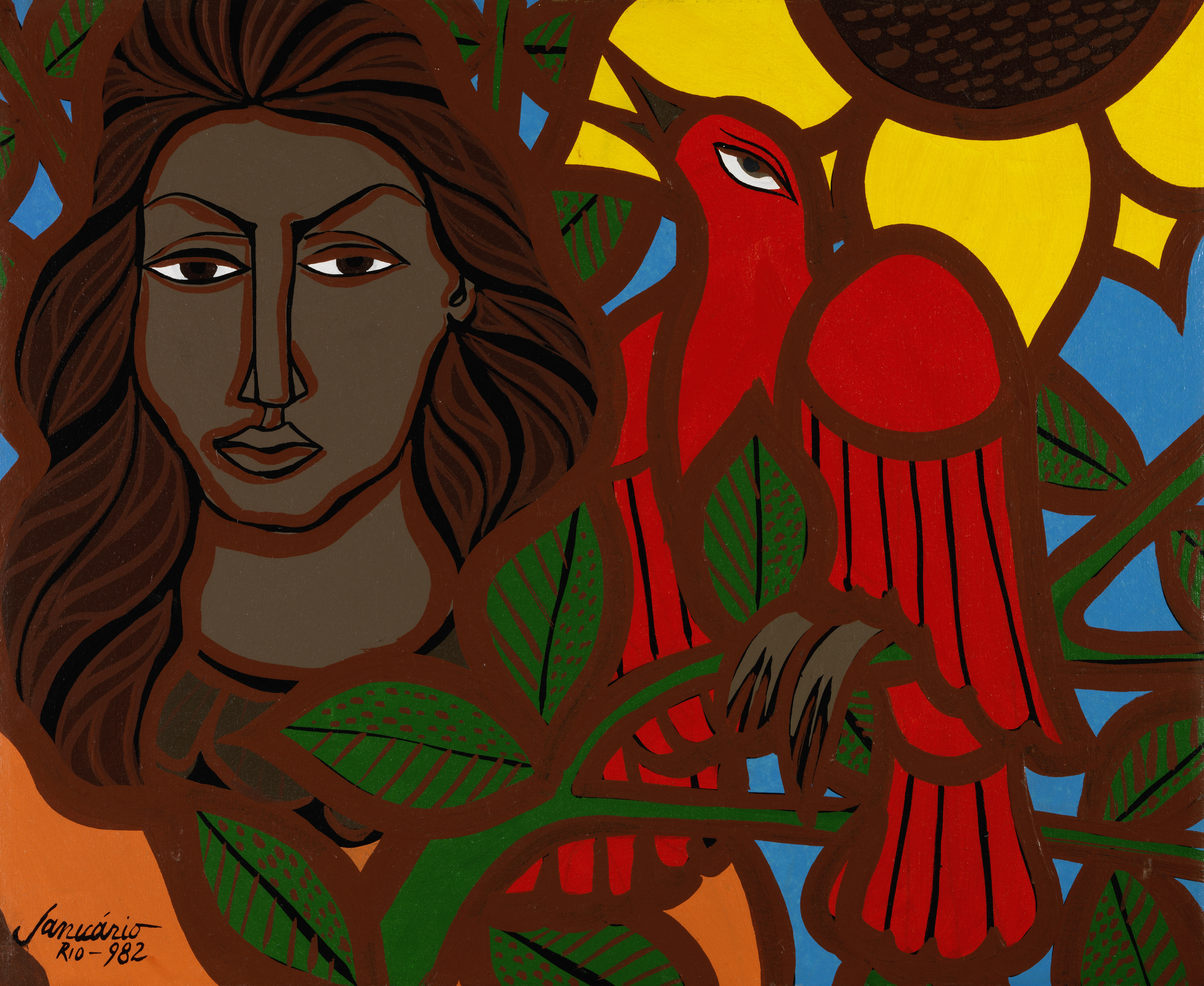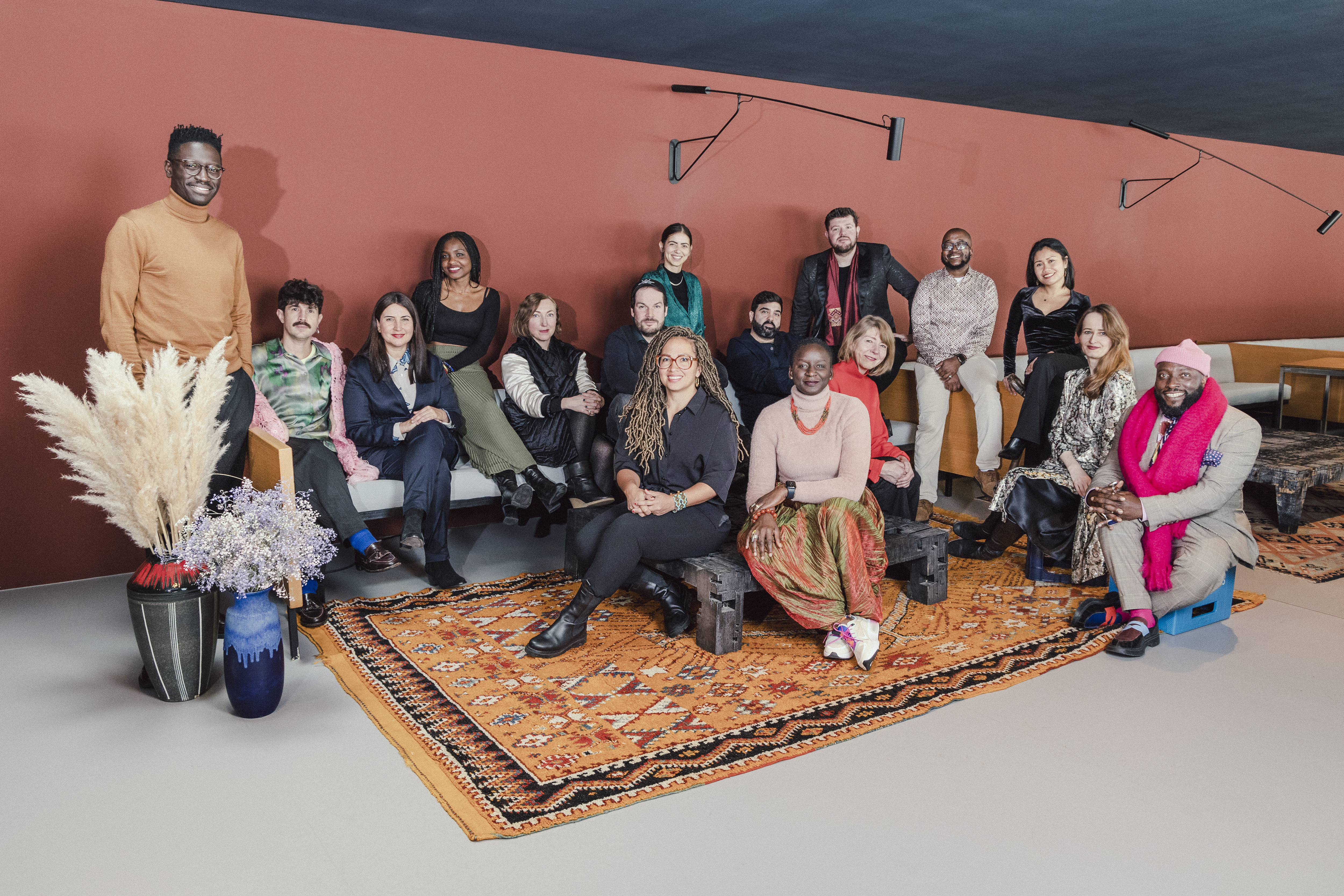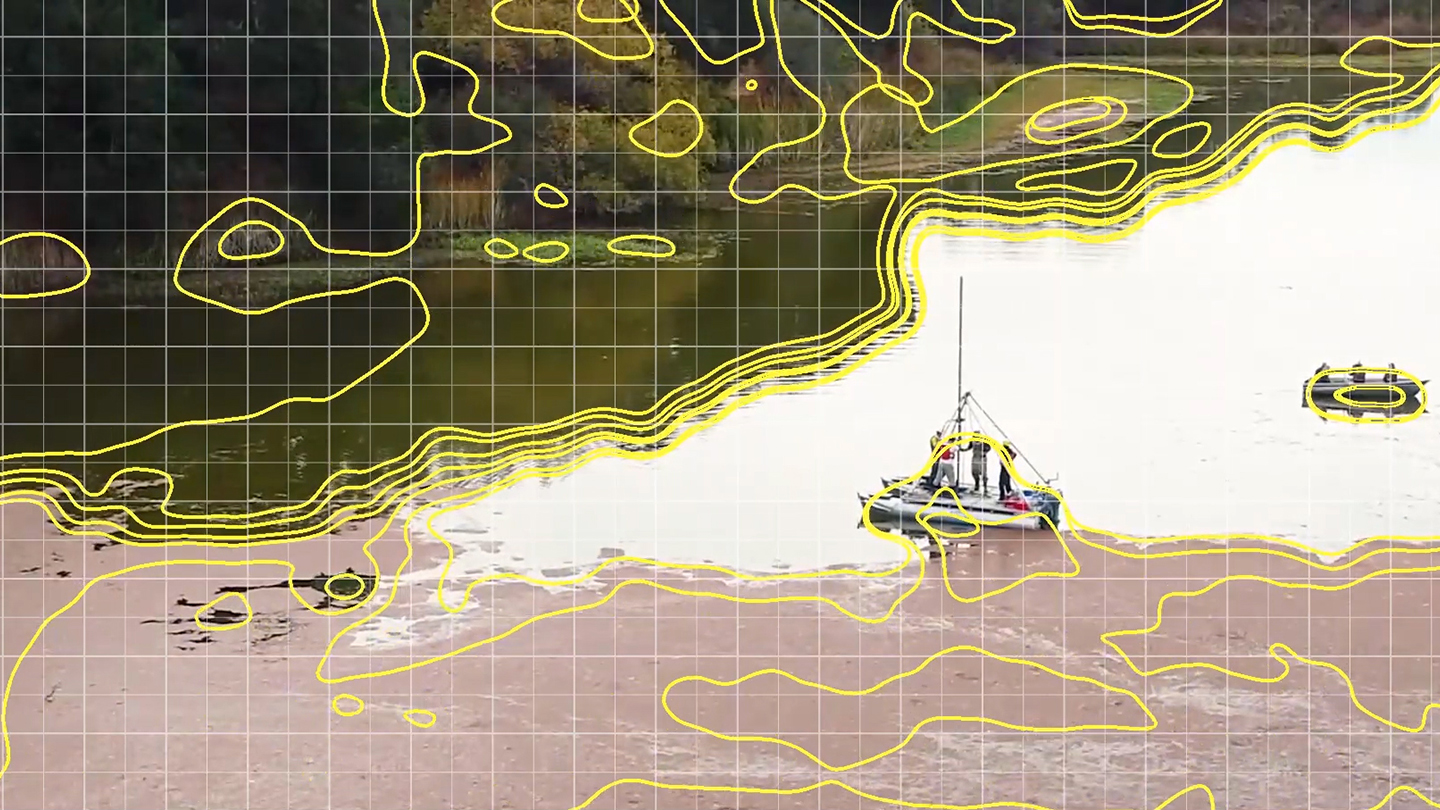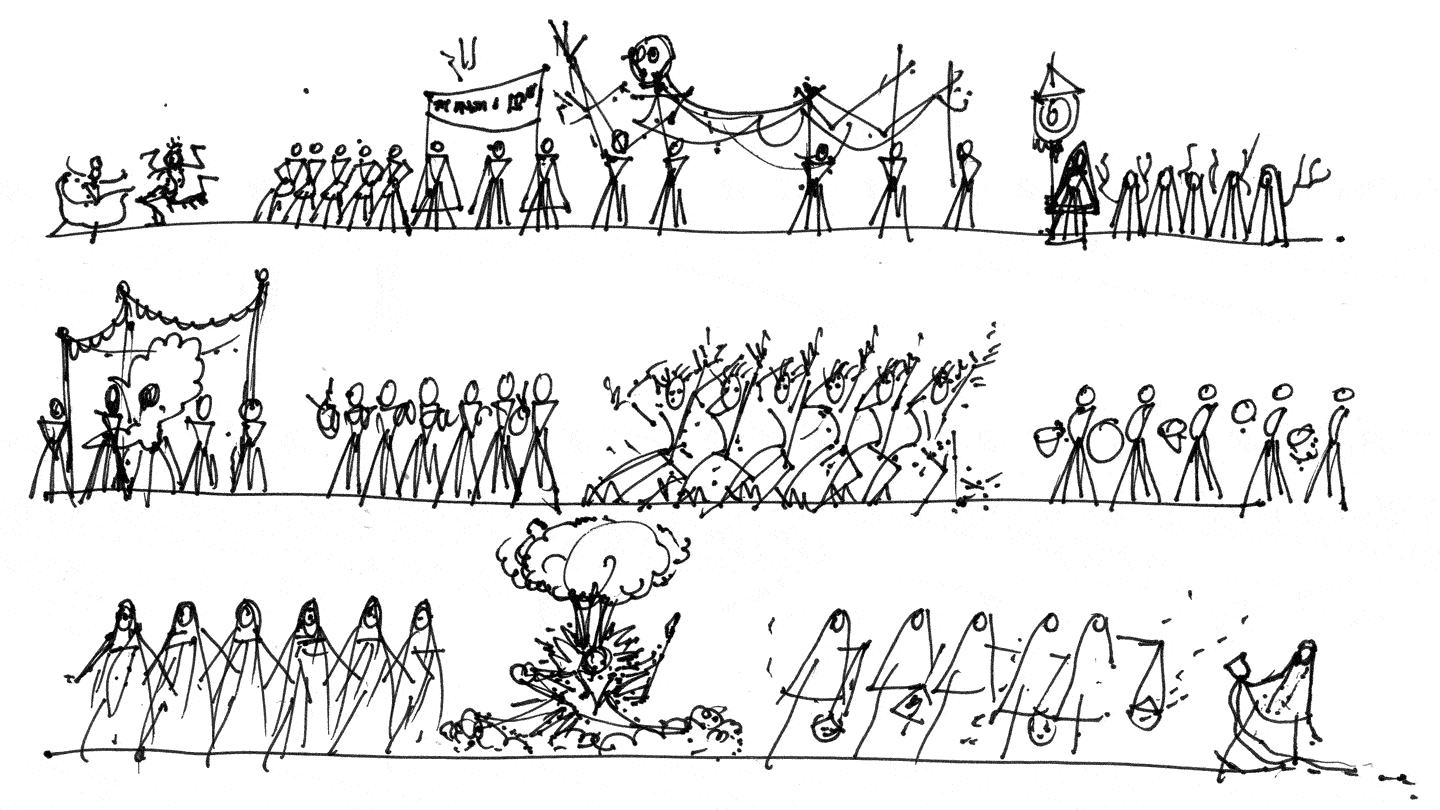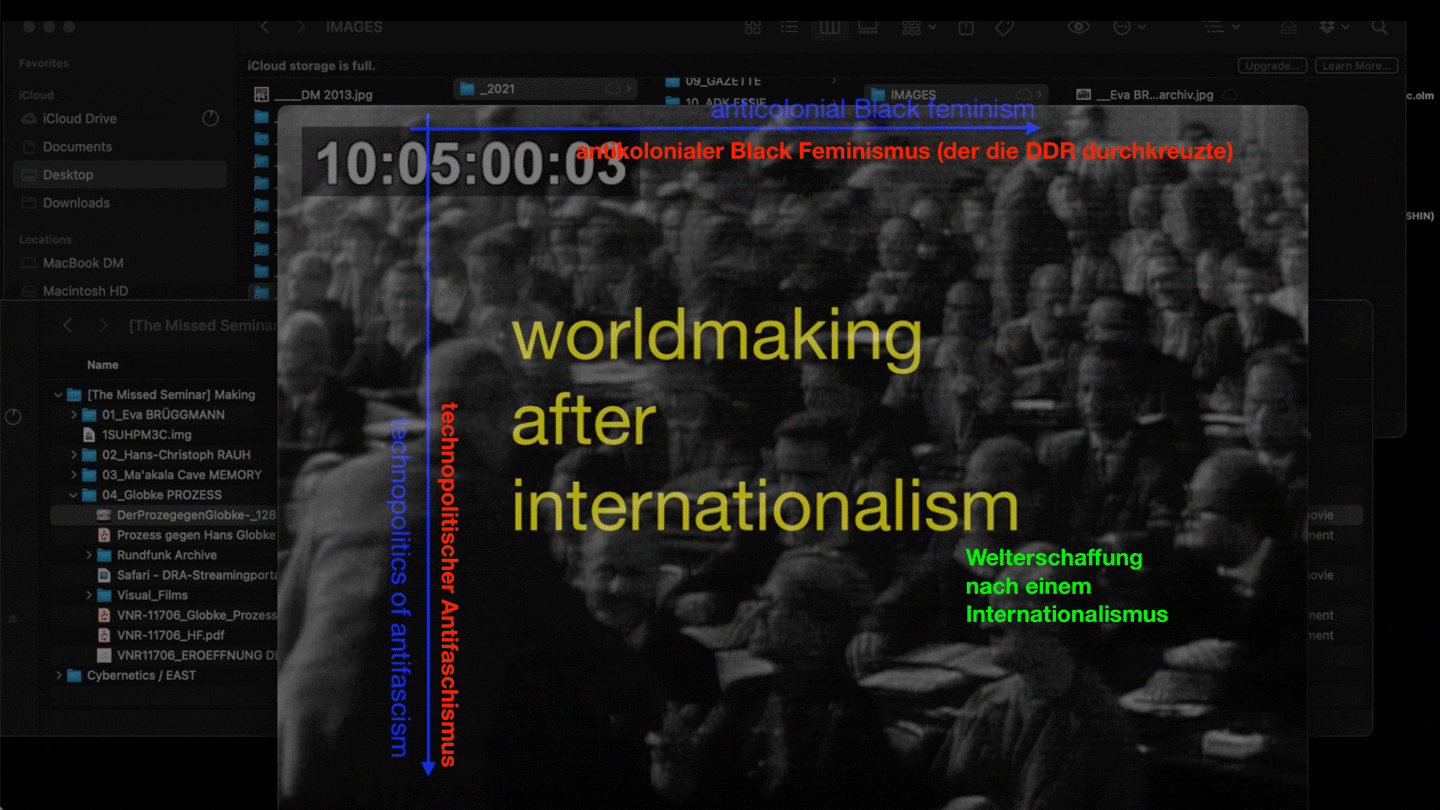3 weekends with Adania Shibli, Mohammad Al Attar, Rabih Mroué
September 15–October 7, 2017
Berlin 10557
Germany
T +49 30 397870
F +49 30 3948679
info@hkw.de
How can the past be inscribed into the present, not as a relict, but as lived experience in the “here and now”? In "Why Are We Here Now?" over the course of three weekends three artists—Adania Shibli, Mohammad Al Attar, and Rabih Mroué—investigate key discourses that have underlined political, social, and cultural transformations over the past century in the Southern and Eastern Mediterranean. They deliberately avoid the grand narratives like progress, civilization, or Orientalism. Instead of generating knowledge about an irrevocable truth, they invoke new perspectives, foregrounding seemingly minor details, undetected connections, and unexplored narratives.
The artists, invited by HKW curator Katrin Klingan, have each conceived one weekend with international guests from the arts and sciences for a three-part series of lectures, discussions, and performances. In After the Wildly Improbable (Friday, September 15 & Saturday, September 16), writer and cultural researcher Adania Shibli follows the traces of the Ottoman railway network to disclose its potentialities as a witness to major shifts in the 20th century. Motivated by a desire not to yield to a language of loss, in his performance Aleppo. A Portrait of Absence (Thursday, September 21 to Saturday, September 23), playwright Mohammad Al Attar examines how it is possible to reconstruct Aleppo based on people’s testimonies about their beloved places in the city. With a series of “non-academic lectures” entitled How Close Could We Get to the Light and Survive? (Friday, October 6 & Saturday, October 7), artist Rabih Mroué endeavors to find out how art can generate new forms in order to speak about the complexity of history.
In the late 19th century the Ottoman Empire, with the aid of the German Empire and its banks, embarked on two large-scale projects that would remain unfinished as a result of the First World War: a railway network meant to connect Berlin with Baghdad, and the Hijaz Railway linking Damascus with Mecca, with lines extending to Jerusalem and Alexandria.
What would a railway say, if it were to speak, about our journey through the century to the here and now? Throughout After the Wildly Improbable, Adania Shibli addresses the question with an unusual change of perspective: In performances, presentations, films, and talks, visual artists, writers, sociologists, anthropologists, and thinkers act as mediators who will assist the railway to speak from its own perspective of no more than 25 centimeters above the ground.
In Aleppo. A Portrait of Absence, Mohammad Al Attar interviewed inhabitants of Aleppo about places that were dear to them. Infused by the desire not to yield to a language of loss, this has resulted in a set of intimate, one-on-one performances comprised of tales and testimonies from Aleppo which serve to safeguard the connections to these places. Stories can preserve the beautiful, encourage listeners to piece together images on their own, and give them the freedom to reconstruct places that may no longer exist. In collaboration with the Syrian theater director Omar Abusaada, the scenographer Bissane Al Charif, and ten Berlin based actors, Al Attar develops a reflection on language as such; the need to speak and to listen.
Rabih Mroué conceived the final weekend as an exploration of the complex past and present of Lebanon. How Close Could We Get to the Light and Survive? employs the widespread lecture performance format developed after the end of the Lebanese Civil War in 1990 by a new generation of artists who felt the need to unpack history in response to its hollow instrumentalization for political and propaganda purposes. By using the term “non-academic lectures,” the program highlights its origins in an academic context, yet deploys the format as a strategy for independent artistic research in order to question the very authority of institutional restrictions and to investigate the fabrication of truth.
After the Wildly Improbable with Adel Abidin. Yazid Anani, Sinan Antoon & Priya Basil, Boris Buden, Zeynep Çelik, Gülnur Ekşi, Fehras Publishing Practices, Violet Grigoryan, Hamid Ismailov, Karrabing Film Collective, Sair Sinan Kestelli, Shahram Khosravi, Samuel Merrill, Morad Montazami, Musa paradisiaca, Shahana Rajani & Zahra Malkani, Muhannad Shono, Rania Stephan, and Salim Tamari.
Aleppo. A Portrait of Absence was conceived by Mohammad Al Attar in collaboration with the theater director Omar Abusaada and the scenographer Bissane Al Charif. Actors: Jan Andreesen, Eric Bouwer, Hansa Czypionka, Saladin Dellers, Florian Denk, Maximilian Klas, Irma Mandler, Navid Navid, Anke Retzlaff, and Jens Schäfer.
How Close Could We Get to the Light and Survive? With Lawrence Abu Hamdan, Hoda Barakat, Ahmad Beydoun, Joana Hadjithomas & Khalil Joreige, Lina Majdalanie, Rabih Mroué, Walid Raad, Mounira Al Solh, and Akram Zaatari.
Artistic director: Katrin Klingan
Why Are We Here Now? is part of 100 Years of Now which his supported by the Federal Government Commissioner for Culture and the Media in accordance with a ruling of the German Bundestag. Haus der Kulturen der Welt is supported by the Federal Government Commissioner for Culture and the Media as well as by the Federal Foreign Office.
Adania Shibli:
After the Wildly Improbable
September 15 & 16, 2017
Mohammad Al Attar:
Aleppo. A Portrait of Absence
September 21–23, 2017
Rabih Mroué:
How Close Could We Get to the Light and Survive?
October 6 & 7, 2017
Press contact:
Anne Maier, Haus der Kulturen der Welt
anne.maier@hkw.de / T +49 (0)30 39787.153
